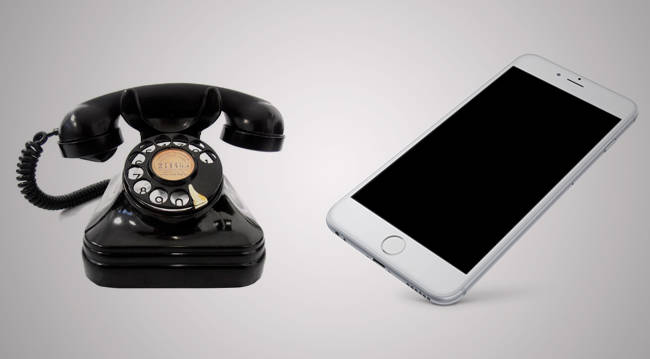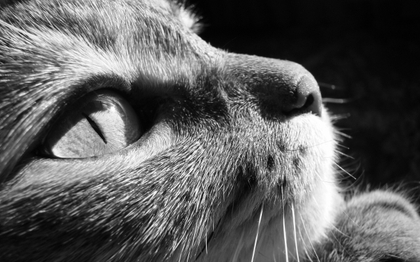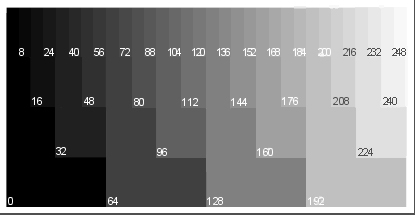Class 2: What is a computer?
Computing for Molecular Biology 1
Andrés Aravena
19 October 2020
What is a computer?
What is the difference?

What can we do with a computer?
- calculate formulas
- solve (some) equations
- store and retrieve huge quantities of data
- find patterns in data
- find data matching a pattern
- transform data in useful ways
- compress data
- move data at low cost without distortion
What does Computer means?
The dictionary says that:
- it is an electronic device
- for storing and processing data
- according to instructions given in a program
- the program can be changed
In summary
A computer is a general purpose device that can
- read, process and write numbers
- (and things that can be represented by numbers)
- to and from the memory
- following a program stored also in the memory
- many simple steps
Changing the program changes the purpose of the machine
What is a Computer?
- Computer
- (English) counter, calculator
- Ordinateur
- (French) sorter, gives order to data, handles data
- Bilgisayar
- (Turkish) Information/Data counter
A computer is a counter
So computers handle numbers
Store numbers and calculate with numbers
Computers handle numbers
Numbers represent information
Computers can transform and transfer information
Transform means sorting and doing math
Transfer means using the network to communicate
“but I don’t use numbers …”
Don’t worry
Numbers can represent other things
Keyword:
Representation
We represent sounds by symbols
We use symbols like A Ö æ ñ j r, to represent our voice
We also use symbols to represent music: 🎶🎵
In Chinese language, symbols represent ideas: 电脑
The key word here is “represent”
We can represent complex things with numbers
Example: Sound
- Sound is transformed into electricity by a microphone.
- The voltage is measured 44100 times each second
- Each sample is stored as a number in a CD
Two steps: sampling (in time) and discretization (in voltage) 
Example: Greyscale Image

Example: Greyscale Image
- Each “point” has a value between 0 (black) and 255 (white)
- The correct name is pixel, meaning picture element
- They are stored line by line

Color images use three layers

Courtney, Jane. (2001). Application of Digital Image Processing to Marker-free Analysis of Human Gait. 10.13140/2.1.1046.7847.
Each color layer has values 0–255

Karim, S. M. Masud & Rahman, Md & Hossain, Md. (2011). A new approach for LSB based image steganography using secret key. 286-291. 10.1109/ICCITechn.2011.6164800.
Numbers can represent a lot of things
- Images
- Audio
- Movies
- DNA, RNA or protein sequences
- Structure of Proteins
- Concentration of molecules
- All kind of experimental results
- Papers and publications
Parts of a computer
Hardware and Software
Since old times physical tools are called hardware
That includes al the physical parts of the computer
Programs determine the function of the computer,
but they are not “physical”
That is software
Biological analogy
All cell components are hardware
The sequence of the DNA is the software
Parts of a computer
CPU

The processor or central processing unit (“CPU”) is the computer’s brain
- does arithmetic,
- moves data around,
- controls the operation of the other parts
- can decide what to do next based on the previous results
CPU can do only a few things, and it does them very fast
RAM: random access memory
 The primary memory
The primary memory
- stores information that is in use
- the data that the CPU is currently working on
- the instructions that tell the CPU what to do
- its contents can be changed by the CPU
The primary memory is also called random access memory
Your computer has a small amount of RAM
You can think of the RAM as
- a large collection of little boxes
- labeled from 1 up to 100 million
- each box can hold a small amount of information.
RAM circuits are expensive
A typical computer has 16 × 109 “little boxes”
Computers have bad memory
When they don’t have energy, RAM forgets all
and all this currently active information is lost
That’s why it’s prudent to save your work often
Electric problems can be a real disaster
All data must be stored in secondary memory
(also called secondary storage)
Secondary storage

- The RAM is expensive, so it is smal
- its contents disappear when the power is turned off
- Secondary storage holds data even when there is no power
- The most common kind are magnetic disks
- also called hard disk
- The disk stores much more information than RAM
Disks and secondary storage
Data on secondary memory remains for long time
(even without electricity)
Today secondary memory is
- hard disk
- USB stick
- Cloud storage
Secondary storage is slow
Data, instructions, and everything else is stored on the disk for the long term
And brought into RAM only for a short time
Disk space is about 100 times cheaper than RAM
But accessing information is much slower.
Primary memory is like a desk
Secondary storage is like a bookshelf
Memory size is measured in Bytes
Computers handle memory in small blocks
- Big enough to hold a single character
- like
Wor@
- like
- Or a small integer number (0 to 255)
- These blocks are called Bytes
Byte
Integer between 0 and 255
One letter
Exercise: Memory size
How much can you store in your computer? Please answer these two questions:
What is the capacity of the memory of your computer?
What is the capacity of the disk?